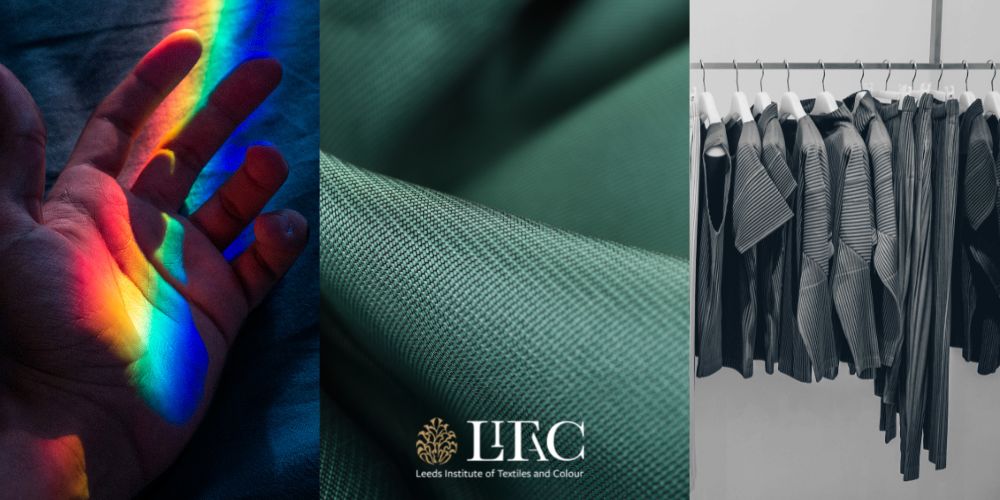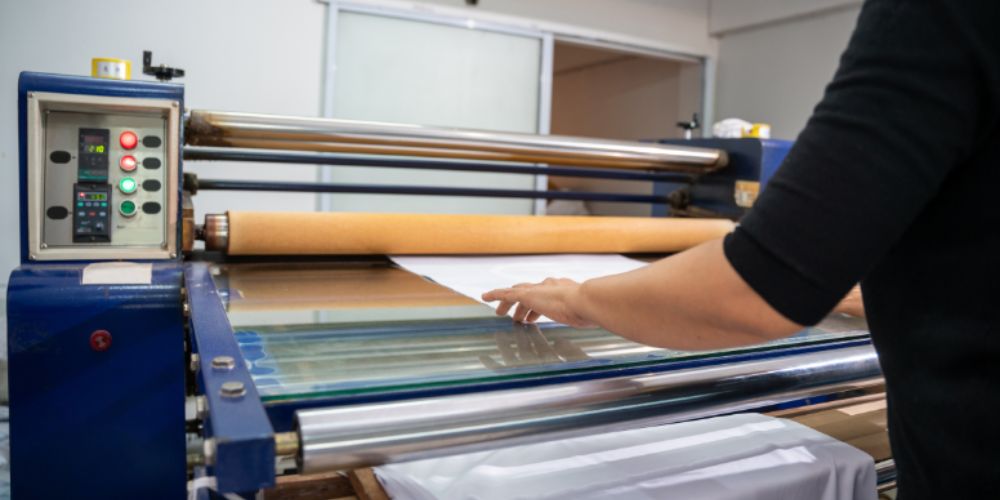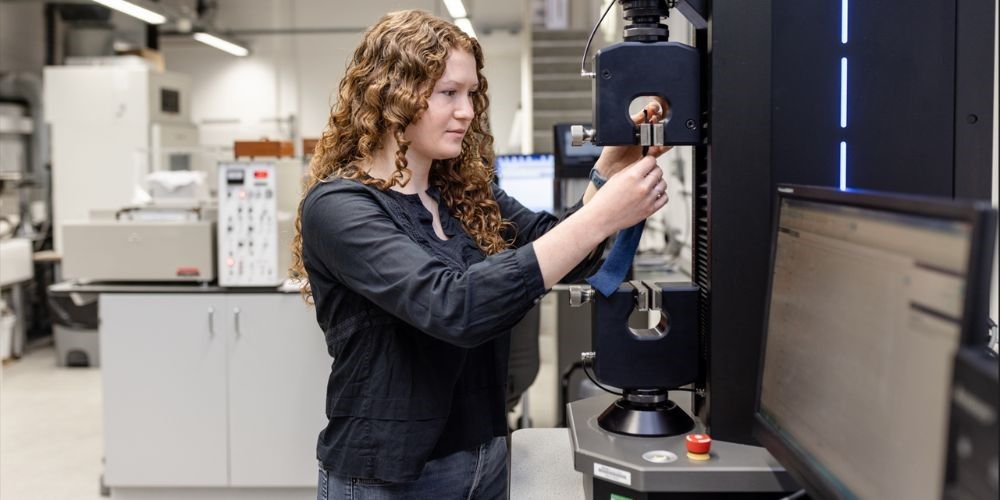Leeds Institute of Textiles and Colour
Overview
The Leeds Institute of Textiles and Colour (LITAC) is a world leading research institute bringing together multi-disciplinary academic expertise in design, technology, science and engineering. We work collaboratively with partners globally to tackle important research challenges across textiles, colour and fashion.
Our expertise is built on a history of nearly a 150 years of research in textile technology and colour science, working together with industry, charities and Non-governmental organisations (NGOs) – including some of the world’s most well-known organisations and brands.
As a collaborative research institute, we work with partners to create solutions that address the needs of industry, society and the environment. We develop new materials, processes, manufacturing methods, digital tools and technology, and we inform decision-making.
Our work is supported by one of the most extensively equipped research facilities in the world.
News
Discover the latest news from the Leeds Institute of Textiles and Colour.
-
The Innovate UK Textile Fund Call is now live
The Innovate UK Textile Fund is an exciting opportunity for businesses in the UK fashion and textile sector who are looking to develop innovative solutions to pressing industry challenges.

-
LITAC Professor featured in Vogue Business
Professor Stephen Westland offers his expertise on how Artificial Intelligence could enable a new model of on-demand manufacturing in the UK fashion and textile industry.

-
Dr Sumner talks to Washington Post about Zara rebrand
LITAC's Dr Mark Sumner is quoted in this piece on how Zara is upscaling its image by drawing in some of the biggest talent in the fashion industry.

-
New LITAC research on manufacturing and microfibres
Changes to fibre composition and the systems used to spin yarn could reduce impact on the environment.

-
A stitch in time
Take a look back at 150 years of textiles innovation at the University of Leeds.
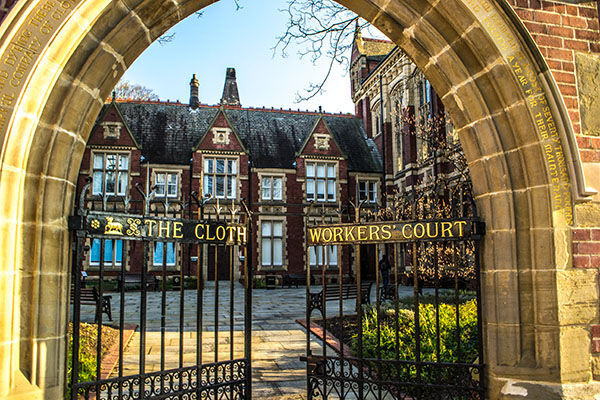
-
Sustainable Transition Fund applications are live
Apply for funding for targeted research projects to assess sustainable practices in the UK's fashion and textile industry.

-
Future Fashion Factory Spring Expo 2024 on 2 May
Hear the latest updates about the Future Fashion Factory programme and explore sector challenges at the Spring Expo at NEXUS Leeds.
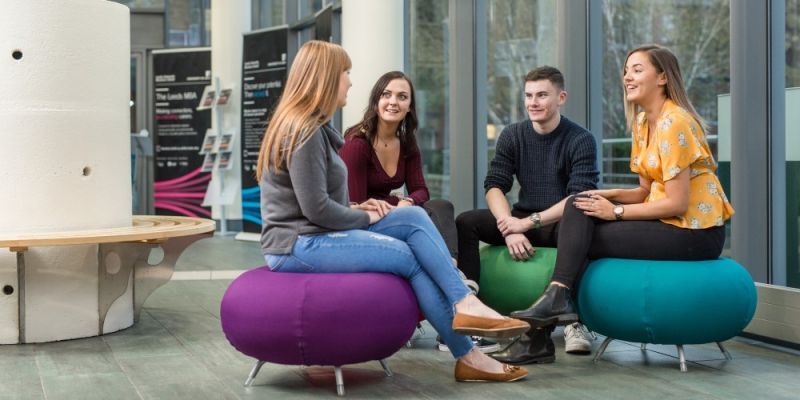
International Textiles and Colour Conference 2025
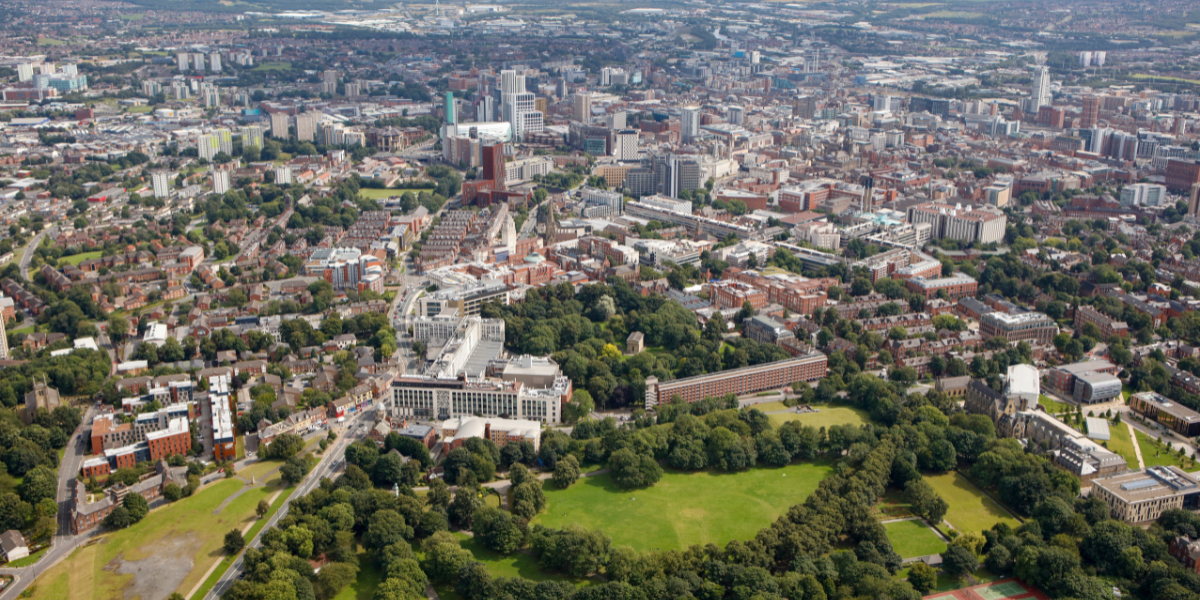
The inaugural International Textiles and Colour Conference 2025 (ITCC 2025) will be co-hosted by the Leeds Institute of Textiles and Colour (LITAC) and School of Design at the University of Leeds.
For more information email Giorgio Grande at g.grande@leeds.ac.uk.
